The significance of the 3D foot scanner in the development of outdoor sports footwear is a topic that brings together the cutting-edge technologies of foot scanning and the ever-evolving field of footwear design. This article will explore the numerous ways in which the 3D foot scanner is revolutionizing the development of outdoor sports footwear, providing valuable insights into its application, benefits, and impact on both the consumer and the industry.
Introduction to 3D Foot Scanning Technology
The development of outdoor sports footwear has seen tremendous changes over the years, with manufacturers constantly looking for new ways to create shoes that are both functional and comfortable. One of the most significant advancements in this area has been the introduction of the 3D foot scanner. This technology has allowed footwear designers to move beyond traditional foot measurement methods and develop shoes that are tailored to the individual’s unique foot structure.
The 3D foot scanner works by capturing precise data of a person's feet, creating a highly accurate 3D model. This model allows for detailed analysis of foot shape, size, arch height, and pressure distribution, providing insights that can help design better footwear. The scanner provides a much more detailed view than traditional 2D foot measurements or foot impression methods.
Why 3D Foot Scanners Are Essential for Outdoor Sports Footwear
Foot Scanners Are Essential for Outdoor Sports Footwear
Outdoor sports footwear is subject to unique demands due to the environments in which they are used. Whether hiking, running, or engaging in other outdoor activities, the footwear must be durable, supportive, and capable of handling various terrains. The combination of performance, comfort, and protection is essential for athletes and outdoor enthusiasts.
A 3D foot scanner offers several key advantages over traditional methods of foot measurement. Some of the most important reasons why 3D foot scanning is essential for outdoor sports footwear development include:
Enhanced Fit
One of the primary advantages of using a 3D foot scanner is the ability to create a better-fitting shoe. Traditional methods often rely on approximations and standard sizes, which may not provide the best fit for every individual. The 3D foot scanner takes precise measurements of the foot, allowing manufacturers to design shoes that fit more comfortably and securely, minimizing the risk of blisters, foot pain, and other discomforts associated with ill-fitting footwear.Customization
For athletes and outdoor adventurers, personalized footwear can greatly enhance performance. With 3D foot scanning, it’s possible to customize footwear to fit an individual's specific foot shape, ensuring greater comfort and support. This can be especially important for people with unique foot characteristics or conditions, such as high arches or flat feet. Customized footwear can help prevent injuries and optimize performance during outdoor activities.Improved Durability and Performance
Outdoor sports footwear is subjected to a variety of harsh conditions, from rocky trails to muddy terrain. A 3D foot scan can provide valuable information on how the foot interacts with the ground during different activities, allowing designers to optimize shoe features such as tread patterns, cushioning, and arch support. This can result in more durable shoes that perform better in challenging conditions.Pressure Distribution Analysis
The 3D foot scanner can also provide valuable insights into a person’s pressure distribution while standing, walking, or running. This information is crucial for designing shoes that can reduce pressure points and prevent injuries. By understanding how pressure is distributed across the foot, designers can create footwear with appropriate cushioning and support to ensure comfort during prolonged outdoor activities.Accelerating the Design Process
With the precision and efficiency of 3D foot scanning, manufacturers can speed up the design process. Rather than relying on manual measurements or creating physical prototypes, designers can quickly generate 3D models and test different design concepts virtually. This not only saves time but also reduces costs associated with traditional prototyping.
How the 3D Foot Scanner Benefits Athletes and Outdoor Enthusiasts
The benefits of 3D foot scanning extend beyond footwear designers and manufacturers. Athletes, outdoor enthusiasts, and individuals with specific foot concerns can also gain a lot from this technology. By getting a personalized scan of their feet, individuals can ensure they are wearing shoes that provide optimal support and comfort.
Prevention of Injuries
Many foot injuries occur due to improper footwear. Wearing shoes that do not match the foot’s natural shape can lead to blisters, sprains, or long-term issues like plantar fasciitis. A 3D foot scanner allows individuals to select shoes that fit their unique foot structure, minimizing the risk of injury. It also helps individuals with specific conditions, such as flat feet, by ensuring the footwear provides the right kind of support.Enhanced Comfort
Comfort is a top priority for anyone spending long hours on their feet during outdoor activities. By using a 3D foot scanner to obtain a personalized foot profile, athletes and outdoor enthusiasts can choose footwear that provides the right balance of cushioning, arch support, and fit. This can lead to more enjoyable outdoor experiences and less discomfort during activities such as hiking, running, or climbing.Tailored Footwear for Specific Activities
Different outdoor sports require different types of footwear. For instance, trail running shoes need more flexibility and grip, while hiking boots need to be more rigid and supportive. With 3D foot scanning, individuals can select footwear that’s specifically tailored for their chosen activity, ensuring better performance and protection on the trails.
How 3D Foot Scanning is Shaping the Future of Outdoor Sports Footwear
As technology continues to advance, 3D foot scanning will likely play an even larger role in the development of outdoor sports footwear. With the integration of artificial intelligence (AI) and machine learning, manufacturers may be able to create shoes that not only fit better but also dynamically adapt to the changing needs of the wearer.
In addition, the data collected from 3D foot scans could be used to inform the development of even more advanced footwear features. For example, smart footwear could be developed to monitor foot health and performance, providing real-time feedback to athletes during their activities. This would allow for a more data-driven approach to footwear design, leading to better products and a more personalized experience for the end-user.
Conclusion: The Future of Footwear Design
The significance of the 3D foot scanner in the development of outdoor sports footwear cannot be overstated. As outdoor sports continue to grow in popularity, the need for footwear that provides better fit, comfort, and durability will only increase. 3D foot scanning technology offers a powerful solution, enabling manufacturers to create shoes that are not only tailored to the unique shape of each foot but also optimized for performance in outdoor environments.
With its ability to enhance fit, customize design, and improve comfort and durability, the 3D foot scanner is revolutionizing the way outdoor sports footwear is designed and worn. Whether you are an athlete, an outdoor enthusiast, or someone in need of specialized footwear, the 3D foot scanner offers the promise of better, more comfortable, and more effective shoes for every activity.
As the technology continues to evolve, we can expect even more innovations in footwear design, making outdoor activities more enjoyable and injury-free for people all over the world.

 +86-0755-86131192
+86-0755-86131192 2024-12-17
2024-12-17 Back to list
Back to list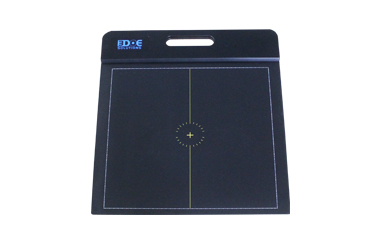
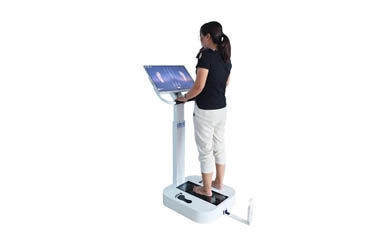
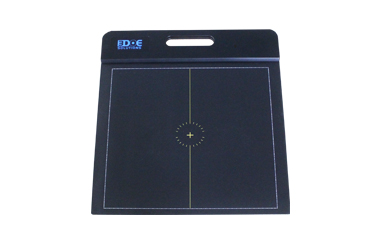
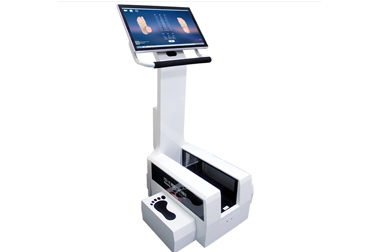
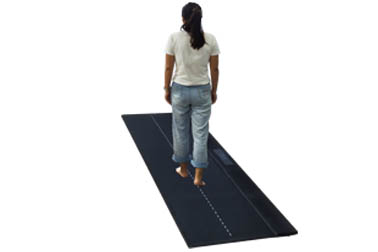
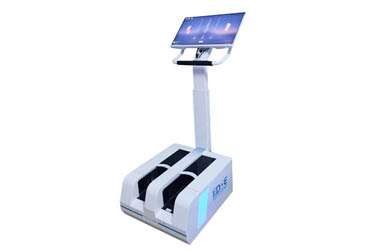



 +86-0755-86131192
+86-0755-86131192